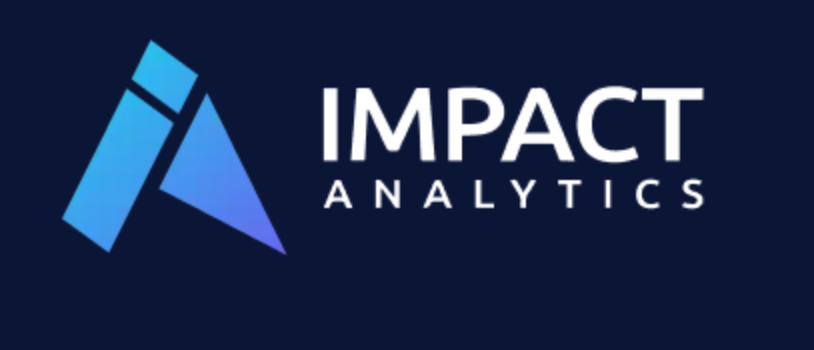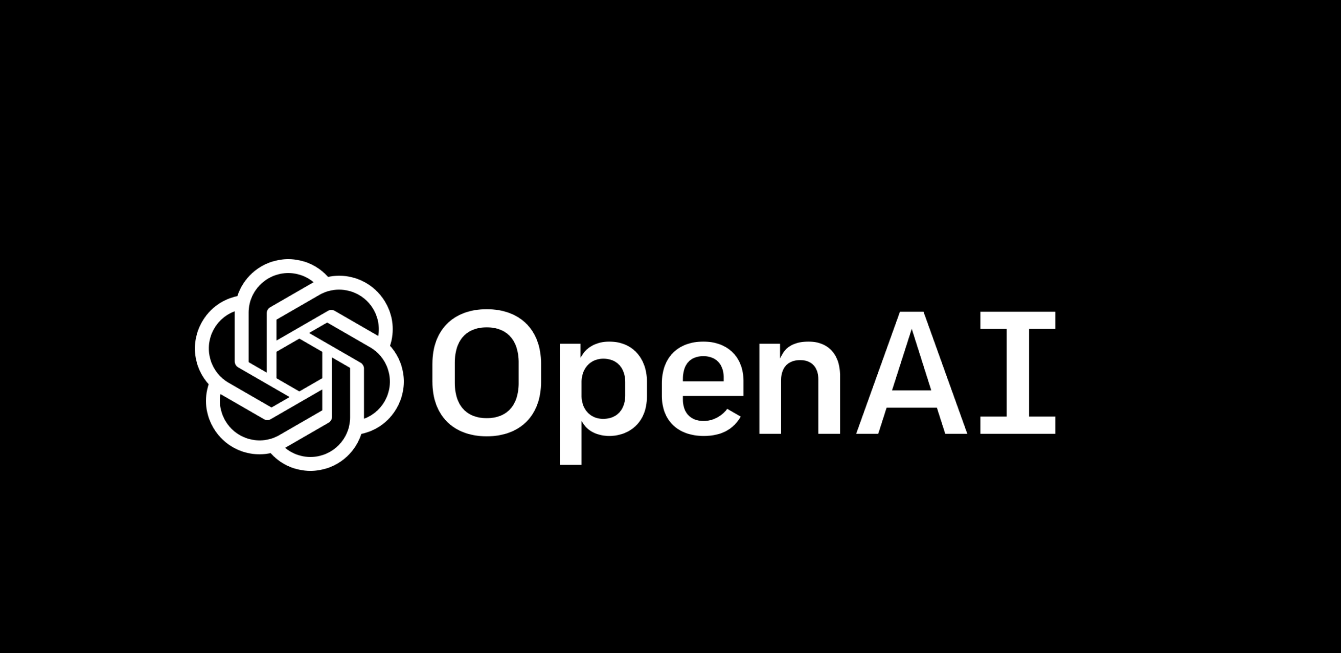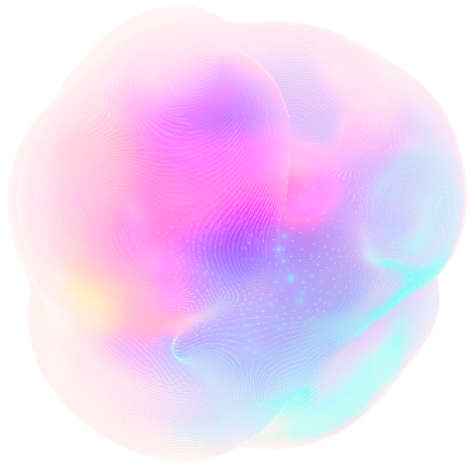Insider Brief
- Google researchers introduced Titans, a family of AI models combining short-term and long-term memory systems to handle large datasets with high accuracy.
- Titans outperform existing models like GPT-4 in tasks such as language modeling and genomics by scaling to sequences over 2 million tokens.
- The system’s innovative memory design could transform industries like healthcare and finance by enabling faster, more accurate data analysis.
Google researchers have introduced a new family of AI models called “Titans,” combining short-term and long-term memory modules to efficiently handle vast amounts of data while maintaining high accuracy. The study, published on arXiv, addresses a key limitation in current AI systems: the difficulty of managing context over long sequences of data.
The team writes in the paper: “Based on these two modules, we introduce a new family of architectures, called Titans, and present three variants to address how one can effectively incorporate memory into this architecture. Our experimental results on language modeling, common-sense reasoning, genomics, and time series tasks show that Titans are more effective than Transformers and recent modern linear recurrent models. They further can effectively scale to larger than 2M context window size with higher accuracy in needle-in-haystack tasks compared to baselines.”
The Titans architecture outperformed state-of-the-art models in tasks ranging from language modeling and common-sense reasoning to genomics and time-series analysis, according to the team. Titans’ long-term memory module enables scaling to sequences larger than 2 million tokens, surpassing traditional Transformer models, which are constrained by their quadratic complexity in handling longer contexts.
To speculate, the innovation could impact real-world applications like natural language processing, genomic sequencing and financial forecasting. For example, in “needle-in-a-haystack” scenarios—such as locating specific information in long documents—Titans demonstrated superior accuracy, even with fewer parameters compared to competing models like GPT-4 and LLaMA 3. Titans could also improve the way people handle vast datasets in industries like finance and healthcare, enabling faster and more accurate predictions for tasks such as fraud detection or patient diagnostics.
By efficiently processing long sequences of data, Titans might revolutionize fields like medical research, helping scientists uncover insights from, for example, DNA sequences that were previously too complex to analyze.
How Titans Work
The Titans system integrates two key components:
- Attention Modules (Short-Term Memory): These modules focus on the immediate context of the data, ensuring precise dependency modeling.
- Neural Memory (Long-Term Memory): This new memory system encodes and stores historical data efficiently, learning to memorize surprising or significant information over time. It leverages parallel training to ensure speed and scalability.
Researchers liken the architecture to human memory, where short-term and long-term systems work in tandem. Short-term memory handles current information, while long-term memory stores persistent, meaningful data.
To help understand this, Titans could be likened to how a chef works in a busy kitchen: short-term memory is like the immediate focus on chopping ingredients or stirring a pot, while long-term memory stores the recipes and techniques learned over years. Together, these two memory systems ensure the chef can handle present tasks efficiently while drawing on accumulated expertise to produce outstanding — and, in this case, delicious — results.
Performance and Results
The study evaluated Titans using several benchmarks, including language modeling and the BABILong benchmark for reasoning over long documents. In these tasks, Titans outperformed baseline models such as Mamba, GPT-4, and RecurrentGemma.
For instance, in common-sense reasoning tests, Titans achieved higher accuracy while using fewer computational resources. On long-sequence tasks, Titans maintained robust performance, scaling beyond the 2-million-token context window—a feat unmatched by Transformer-based models.
The researchers developed three variants of the Titans architecture to test different ways of integrating memory:
- Memory as Context (MAC): Combines long-term memory with the current context for processing.
- Memory as Gating (MAG): Uses a gating mechanism to control the interaction between memory and the attention module.
- Memory as a Layer (MAL): Incorporates memory as a distinct layer within the model.
The models were trained on subsets of large datasets, such as the Pile dataset, and optimized using scalable techniques like gradient descent with momentum.
Limitations
Titans are a new idea, so there could be limitations that will need further exploration. The model’s memory depth and scaling efficiency depend heavily on the task and dataset. While the neural memory system excels in certain domains, its generalizability across all AI applications remains an open question. Additionally, integrating the memory module into existing architectures could require significant computational resources and expertise.
Future Directions
The researchers suggest several avenues for future work, including improving the memory module’s adaptability and efficiency. They also propose exploring other architectures to integrate long-term memory, such as using convolutional layers or enhancing the gating mechanisms.
Titans could also benefit from further evaluation on diverse real-world tasks, such as video understanding or more complex reasoning challenges. Scaling these models for commercial use will also require addressing computational costs and deployment challenges.
The paper is highly technical and this article may have glossed over parts. Please read the paper for a deep dive into these technical aspects. It should be noted that arXiv is a pre-print server, which means that the material has not been officially peer-reviewed. Scientists use pre-prints, like arXiv, to gain immediate feedback in fast-breaking subject areas, such as AI research.
The Google Research team included Ali Behrouz, Peilin Zhong and Vahab Mirrokni.






